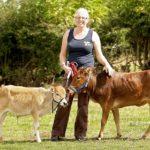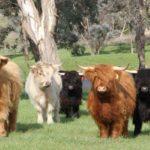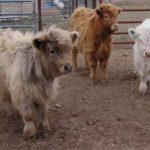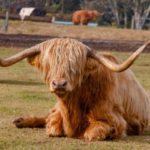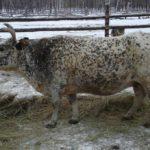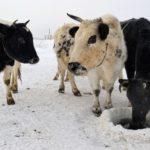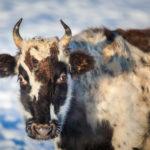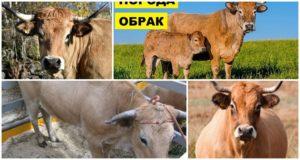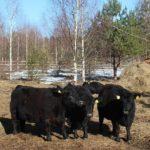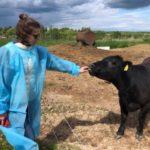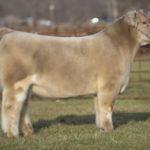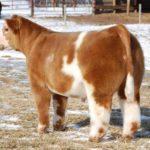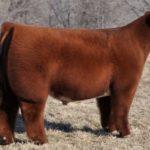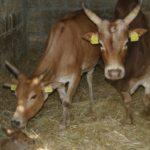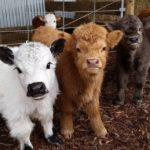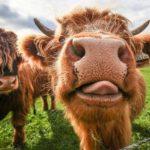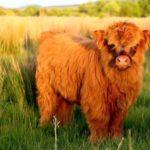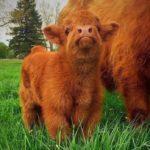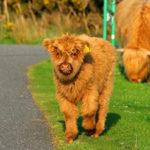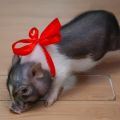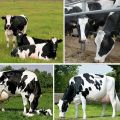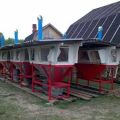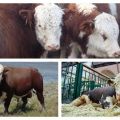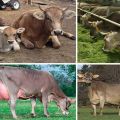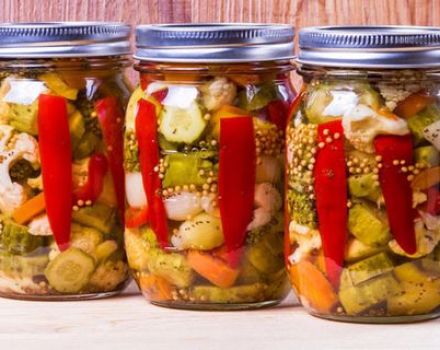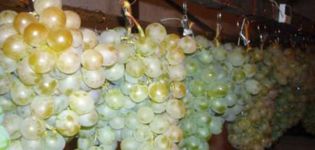Description of the top 7 dwarf breeds of mini-cows and their popularity in Russia
It is known that cows are large animals that can reach from half a ton to a ton of weight. However, there are breeds of mini-cows that can be kept as pets due to their small size. Consider the description and characteristics of several of their varieties, the rules for choosing, in what conditions to keep and how to care for animals.
Features of mini cows
It is believed that dwarf cows first appeared in India in the last century, the bulk of the livestock is now concentrated in Australia. They are shorter than their usual relatives, the height at the withers is not higher than 1 m. Of course, they are not suitable for an apartment, but in a private house they can also be kept as pets. The appearance of mini-cows is almost no different from the appearance of large cows, such animals can be milked, they are capable of producing up to 3 liters of milk per day. Adults are distinguished by good health, they resist viral diseases, they have strong immunity from birth.
Dwarf cows are raised on farms for milk and meat. They are fertile, undemanding to food and care, calm and non-aggressive, do not need pasture grazing.
Pros and cons
It is because of this that dwarf cows have not yet become popular.
Most popular representatives
Several breeds of mini-cows have been bred, representatives of which differ in appearance, conformation and other characteristics. Let's consider some of them.
Palsho
The breed was developed in Sweden relatively recently, in 2002. It belongs to one of the most dwarf breeds.
Cows have small horns, color: black, gray and red. They can give up to 3 liters of milk per day.
Yakut mini-cows
Bred in Yakutia, grown for the production of meat and fatty milk.
The weight of the cows is up to 200 kg, the height is up to 1 m. Yakut cows can be kept for decorative purposes as pets.
Angus mini cows
Bred in Scotland, in Anguss County from local normal size livestock. In color, the animals are black, but there are also red.
Weight reaches 250 kg, height - up to 1 m.
Krasnogorbatovskie mini-cows
Cows weigh up to 350 kg, they are not as miniature as the rest.
The birthplace of the breed is the Nizhny Novgorod region. Animals of red color, you can get meat and milk from them. Milk yield is 10-15 liters with milk fat content of 4.3%.
Zebu
Cattle subspecies, native to Sri Lanka.
They are the same miniature as other mini-cows, their height is 90 cm.
Vechur
These are the smallest cows of all such breeds. Height at withers - up to 80 cm, weight - up to 90 kg.
The animals were bred in India.
Highland
The weight of cows is 450 kg, bulls - 700 kg. The color is red, brown, black.
Popularity in Russia
Mini cows are not popular, mostly due to their high cost. In addition, due to their origin, they require climatic conditions that cannot always be found in Russia, such as heat and humidity.
Therefore, many farmers are in no hurry to acquire such animals, preferring ordinary ones.
Criterias of choice
When buying, you need to pay attention to the fact that the calf or an adult cow meets the breed characteristics, exterior standards and characteristic color. Animals must be completely healthy, properly developed. If this is an adult cow, and it is supposed to be kept for obtaining milk, it is necessary to clarify what is the volume of her milk.
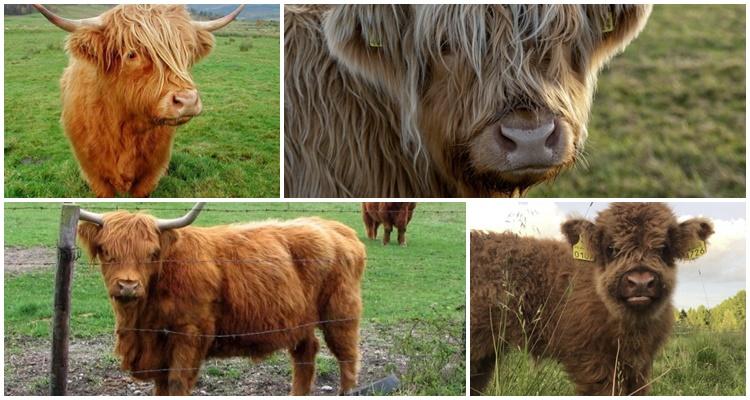
Where to buy and how much does it cost?
There are breeding farms in Russia where mini-cows are raised. For example, they are in the Moscow and Yaroslavl regions.The price for an animal can vary depending on the breed and is 50 thousand rubles - 10 thousand dollars.
Care and maintenance
Despite their size, mini-cows remain the same cows as large relatives. Therefore, leaving is standard. You need a warm, cozy, dry and bright room where the animals will live and a place to walk. You can graze in a small area.
Mini cows are easier to care for as they are smaller than regular livestock. Grooming is cleaning the skin and hooves, cleaning the litter, and airing the room. You need to feed dwarf cows the same as ordinary ones - hay, green grass, grain, root crops, give water 2-3 times a day. Due to their size, dwarf animals are able to consume less feed than regular livestock. In the summer they can do with grass in the pasture and feeding with concentrates; for winter maintenance, hay and grain must be prepared.
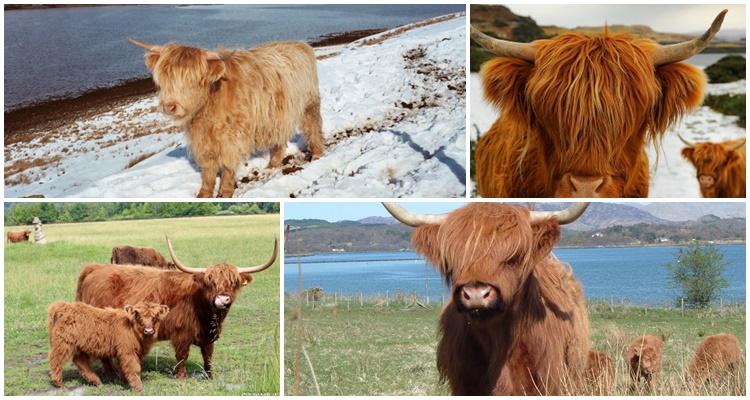
So that animals do not get sick, it is necessary to carry out veterinary examinations in a timely manner, vaccinate against infections, and treat them if necessary. Mini cows can replace regular-sized livestock as they are raised for meat and milk. You can keep them as pets, for example, in families with children. It is convenient to keep them in a private home, where there is a suitable housing and area for grazing.
Miniature breeds have many advantages, the main ones of which are considered undemanding, economy in maintenance, good milk yield, milk with a high percentage of fat. The only drawbacks are that the representatives of the breeds are not cheap and that the breeds are rare and not common.
